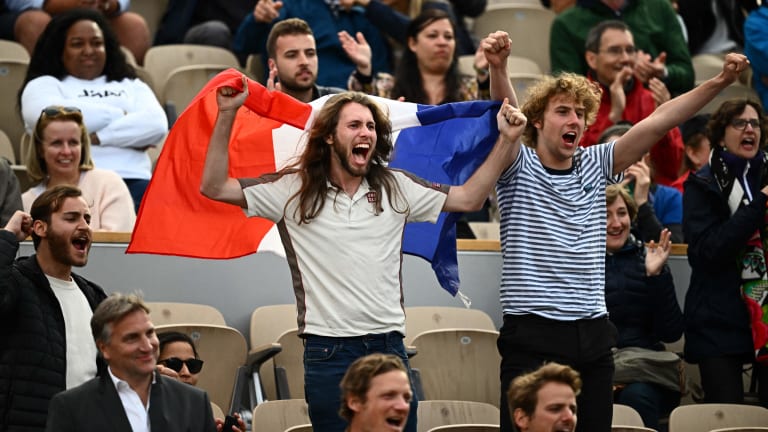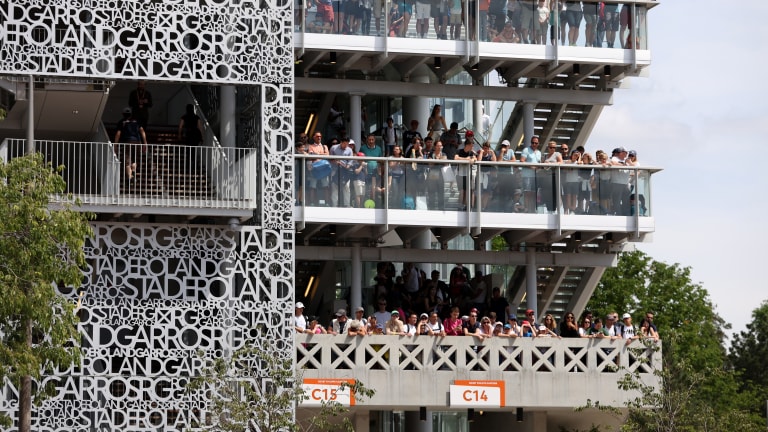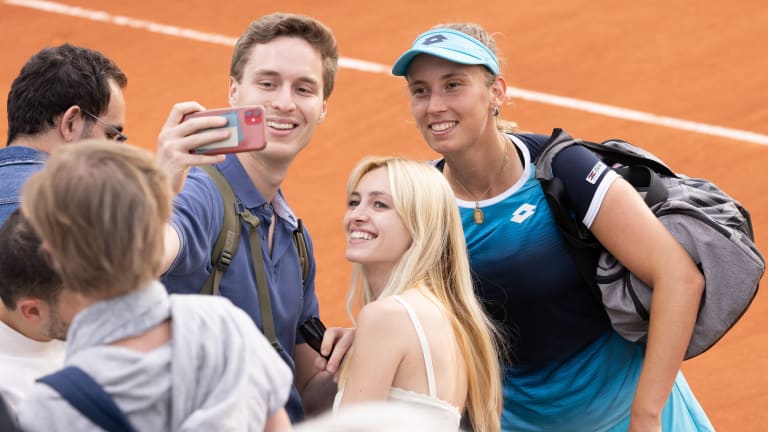Roland Garros
With fans packing Roland Garros again, it feels like a final, exuberant piece of the pro-tennis puzzle is back in place
By May 28, 2022Roland Garros
Rafael Nadal to be honored with 'exceptional' tribute on opening day of Roland Garros
By Apr 17, 2025Roland Garros
French Open organizers introduce draw to access ticket sales
By Jan 07, 2025Roland Garros
Coaches Corner: Juan Carlos Ferrero proves essential to Carlos Alcaraz's Roland Garros success
By Jun 14, 2024Roland Garros
What’s next for Novak and Nadal? Four ATP storylines after the Paris fortnight
By Jun 10, 2024Roland Garros
Naomi’s resurgence, Iga on grass: Four WTA storylines after the Paris fortnight
By Jun 10, 2024Roland Garros
Carlos Alcaraz becomes the clay-court champion that he—and we—always knew was possible
By Jun 09, 2024Roland Garros
Coco Gauff wins first Grand Slam doubles title with Katerina Siniakova in dream team debut
By Jun 09, 2024Roland Garros
Coco Gauff is a Grand Slam champion in singles and doubles, exceeding her own expectations
By Jun 09, 2024Roland Garros
From Rafa to Iga: as one owner of Roland Garros departs, a new one has moved in
By Jun 08, 2024Roland Garros
With fans packing Roland Garros again, it feels like a final, exuberant piece of the pro-tennis puzzle is back in place
French tennis fans have reunited for the first time in three years, and made their presence felt like no other spectators can.
Published May 28, 2022
Advertising
Advertising

Welcome back, French Open.
© AFP via Getty Images
Advertising

At practice sessions and in night sessions, Carlos Alcaraz—whom these fans are craning to see—has become must-see in Paris.
© Getty Images
Advertising

From the large stadiums to the side courts, fans have filled Roland Garros with a unique energy.
© BELGA MAG/AFP via Getty Images